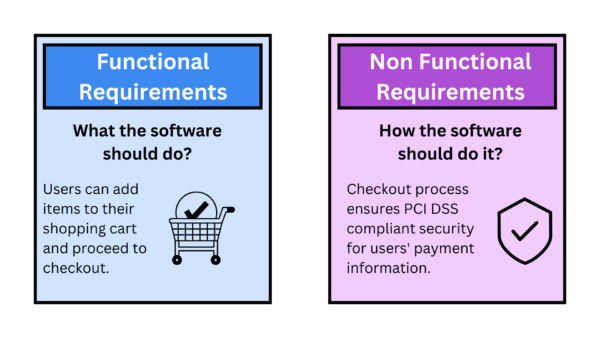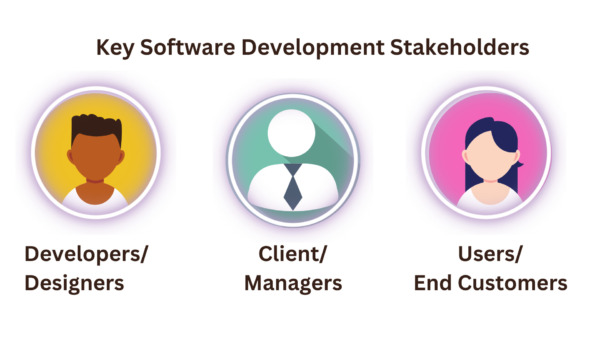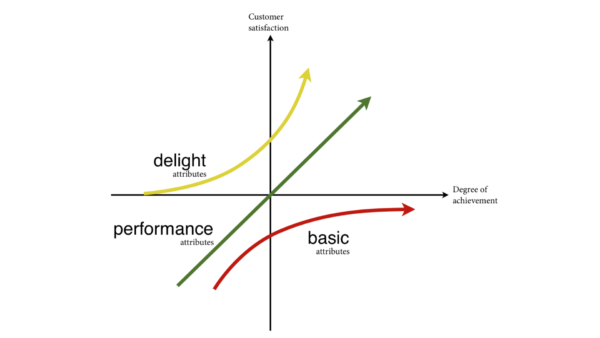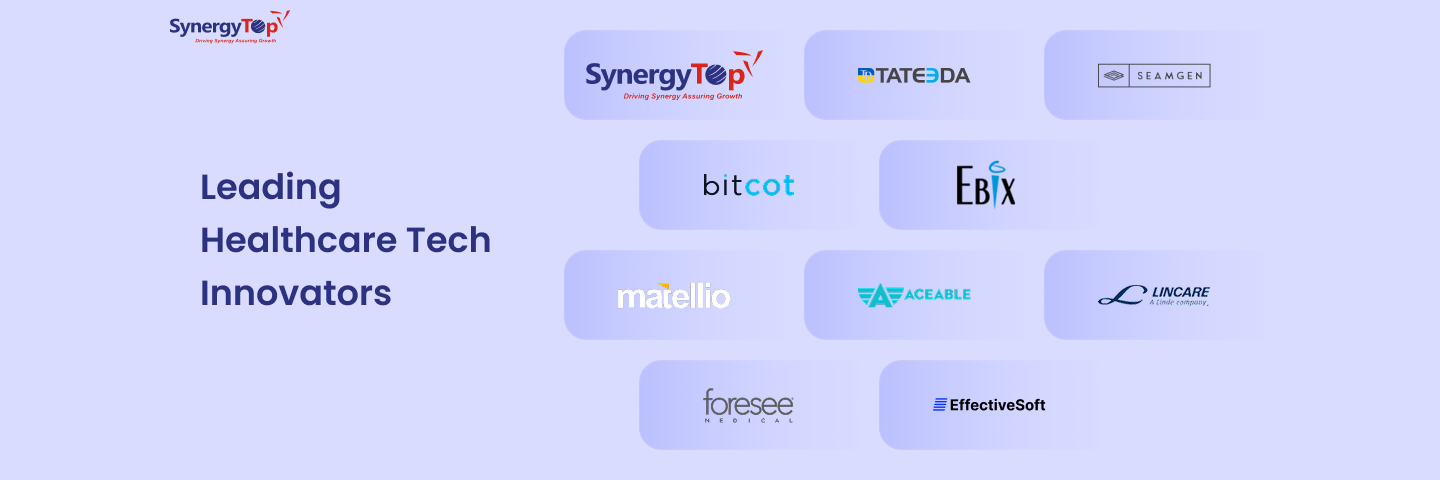Did you know that 70% of digital transformation projects fail?
Disheartening, right? What’s worse is that around 70% of these failures can be traced back to the issues with the requirements.
As a digital transformation and custom software development partner to over 500 companies over 10 years, we couldn’t agree more.
From vague briefs to sometimes outright impossible feature requests, we’ve seen it all.
That’s where requirement management comes into play.
What is requirement management?
Who should be involved in the requirement management process?
What are some best practices for requirement management?
How can change and risk management be integrated with requirement management?
Find answers to all these questions in the blog below.
The Basics of Requirement Management
Software development is not a single-step task. It is an elaborate process where each step is important. And the first step – which acts as the foundational blueprint for everything else – is requirement gathering.
Requirements generally mean the needs and expectations that final stakeholders have for the final product.
In terms of software development, requirements are explicit functionalities, features, and constraints that a software system must adhere to.
These requirements act as the guideline for what needs to be developed.
Now, there are two types of requirements when it comes to software development. These are:

1. Functional Requirements
Functional Requirements describe what the software needs to do.
For instance, in an online store app, functional requirements could be adding things to a shopping cart, handling payments, and creating order receipts.
2. Non-Functional Requirements
Non-functional Requirements are about how well the system should work, not just what it should do. They cover things like speed, dependability, ease of use, and safety.
For instance, they include how quickly the system should respond, what security measures it should follow, and how reliable it needs to be.
Knowing and handling functional and non-functional requirements are crucial for a software project’s success.
When combined, they set the foundation for a complete and effective software solution.
As we highlighted earlier, the requirements are based on what the “stakeholders” expect. So who are these stakeholders?
Stakeholders are the people who have a say or interest in the software being made.
They come from different backgrounds, like the people who’ll use the software, managers, designers, and even the ones paying for it.
Identifying Stakeholders In The Requirement Gathering Process
Now, it is important to identify the stakeholders before you start gathering the requirements.
Some key stakeholders include:

- Users: These are the people who will use the software. Their needs and preferences are super important to consider.
- Client/Managers: These are the decision-makers. They might be in charge of the project or making financial decisions. Their input shapes the big picture.
- Designers and Developers: These are the creative minds behind the scenes. They take the requirements and turn them into actual software. Their expertise is crucial to making things work.
Once you have identified all the stakeholders, it is time to get started with gathering and managing the requirements well for successful software development.
Part 1: Requirement Gathering
Requirement gathering is the first step to understanding what the end-users truly need and translating those needs into actionable insights.
The right requirement gathering techniques play a pivotal role in this journey.
Step 1: Use diverse ways to gather requirements
We can gather important information from people in various ways like talking to them, asking them questions in surveys, getting them together for discussions, and organizing workshops. Each way helps us learn different things from the people involved.
For example, when we talk to people one-on-one, we can understand their thoughts and feelings better. Surveys on the other hand help get opinions from many people at once.
Your development partner can guide you in identifying the most suitable method of gathering requirements.
Step 2: Prioritize requirements
Picture a scenario where requirements are not arranged based on priorities.
That’s a recipe for chaos. Priorities get blurred. Urgent tasks get delayed while the team continues to work on trivial matters.
By setting clear priorities, everyone knows what needs immediate attention and what can wait.
This way, the team stays focused on what truly matters, and work moves forward smoothly.
When it comes to prioritizing requirements, there are various frameworks and methods that teams can use. Two of the most popular ones include:
- MoSCoW MethodThis method categorizes requirements into four priority levels: Must-haves, Should-haves, Could-haves, and Won’t-haves.

It helps teams distinguish between essential features and those that are less critical. This is a great framework for prioritizing requirements during from-scratch development projects.
2. Kano Model
The Kano model classifies requirements into three categories: Basic, Performance, and Excitement/Delight.

It helps teams understand customer satisfaction and prioritize features based on their impact and customer preferences. This model is usually ideal for projects where the website/app is live and being used by customers.
Make sure you choose the right framework depending on the project context, team dynamics, and stakeholder preferences.
Step 3: Documenting Requirements
Clear communication is key for software development. Writing down the requirements along with their priorities is crucial.
Proper documentation provides traceability, facilitates change management, and ensures accountability throughout the project lifecycle.
Written requirements also serve as criteria for validation, verification, and testing. This helps ensure that the final product meets user expectations.
While your development partners would have their own records related to software requirements, it is also important that either you also have access to those documents or you maintain your own documents about software requirements.
With that, you now know how to gather, prioritize, and document requirements for software development.
But that’s not all.
Requirements and priorities keep changing during the course of the project. That’s where requirement management comes in.
Let’s explore the key software requirement management best practices.
Part 2: Requirement Management Best Practices
The onus for requirement management lies mostly on the software development team that you are working with.
At SynergyTop, we follow set protocols for software requirement management. Some of the best practices we follow during the requirements management process include:
1. Version Control and Baseline Management
Version control and baseline management involve maintaining stable versions of requirements at key milestones.
Here’s how to do that:
- Define a consistent version numbering scheme for requirement documents to track changes effectively.
- Clearly outline criteria for establishing baselines, such as project milestones or approval stages, and obtain stakeholder approval before freezing requirements.
- Utilize version control systems and repositories to track changes, manage access permissions, and ensure data integrity throughout the project.
2. Requirements Traceability and Impact Analysis
Requirements traceability involves establishing traceability links between requirements and other project artifacts and analyzing the impact of requirement changes.
It ensures alignment, transparency, and accountability across project elements.
Here’s how to do that:
- Create a matrix to establish links between requirements, design elements, test cases, and other project artifacts.
- Conduct regular reviews to validate traceability relationships and update traceability matrices to reflect changes and revisions.
3. Set a Change Control Process
This involves establishing formal procedures for managing changes to requirements, including submission, review, approval, implementation, and communication with stakeholders.
You can establish a change control process in the following way:
- Document clear criteria and steps for submitting, reviewing, and approving changes to requirements.
- Keep detailed records of change requests, their status, and other details. Communicate changes to stakeholders in a timely and transparent manner.
Getting Started With Effective Requirement Management
As a business decision maker, your active involvement in the software requirement management process is paramount.
While the software development team should take the major responsibility, it is important that you also stay engaged.
At SynergyTop, we understand this very well. That’s why, we carry out detailed discussions and ensure clear communication throughout the project lifecycle. This helps us not just gather to-the-point requirements but also manage changes in requirements later on.
Have a software development project in mind? Schedule a free consultation with our experts to explore synergies.
















